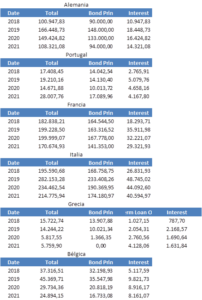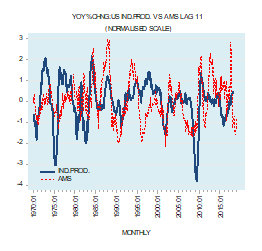The emerging market currency crisis is not over yet, and could yet morph into a broader contagion that threatens to drag down oil demand.
Last week, Argentina’s peso fell by around 20 percent in just a few days, taking year-to-date losses over 50 percent. The central bank frantically hiked interest rates from 45 to 60 percent in an effort to stem the losses, hoping to halt the peso’s spiraling descent. The peso regained a bit of ground, but now trades at over 37 pesos to the dollar, compared to 27 pesos per dollar in early August and 18 pesos at the start of the year.
This may seem like a problem for Argentines, but the currency turmoil is indicative of a broader malaise sweeping over emerging markets. A whole range of currencies have lost ground this year, rattling financial markets and forcing central banks to hike interest rates.
Another way of saying the same thing is that the dollar has strengthened on the back of rate tightening from the U.S. Federal Reserve, which has battered currencies across the globe. This underscores a deeper problem with the global economy: After a decade of near-zero interest rates, how does the U.S. central bank withdraw extraordinary monetary stimulus without wreaking havoc on the global economy?
The stronger dollar hits emerging markets in several ways. First, it directly knocks down emerging market currencies in terms of their value against the dollar. But, from there, the problem gets worse. A weaker currency makes dollar-denominated debt in these countries much more expensive and much harder to pay off. That can slow down the economy because businesses have to cut back, consumers have trouble paying off debt, the risk of default rises and everything slows down.
…click on the above link to read the rest of the article…
















WASHINGTON, DC – For years after the 2008 financial crisis, policymakers congratulated themselves for having averted a second Great Depression. They had responded to the global recession with the kind of Keynesian fiscal and monetary stimulus that the moment required.
But nine years have passed, and official interest rates are still hovering around zero, while growth has been mediocre. Since 2008, the European Union has grown at a dismal average annual rate of just 0.9%.
The broad Keynesian consensus that emerged immediately after the crisis has become today’s prevailing economic dogma: as long as growth remains substandard and annual inflation remains below 2%, more stimulus is deemed not just appropriate, but necessary.
The arguments underlying this dogma do not hold water. For starters, measures of inflation are so poor as to be arbitrary. As Harvard’s Martin Feldstein notes, governments have no good way to measure price inflation for services and new technologies, which account for an ever greater share of advanced economies’ GDP, because quality in these sectors varies substantially over time. Moreover, real estate and other assets are not even included in the accounting.
The dictate that inflation must rise at an annual rate of 2% is also arbitrary. Swedish economist Knut Wicksell’s century-old concept of a “natural” interest rate – at which real (inflation-adjusted) GDP growth follows a long-term average while inflation remains stable – makes sense. But why should the inflation rate always be 2%? And why aren’t services, new technologies, or, say, Chinese manufactured goods excluded from the measure of core inflation, alongside energy and food?
…click on the above link to read the rest of the article…